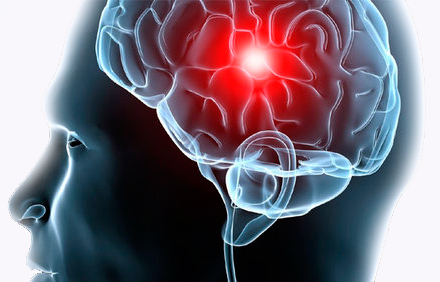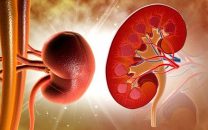Courtesy of Dr. Carlos Fava. Stroke is one of the most undesirable complications we can face and, regarding transcatheter aortic valve replacement (TAVR), major studies presented have rates of stroke of about 4%. In others, rates have been slightly higher. This meta-analysis included 5 randomized studies between 2011 and 2017: PARTNER, CoreVALVE, NOTION, PARTNER 2, and SURTAVI.…
New Tools to Define Intervention in Asymptomatic Carotid Disease
This meta-analysis included 14 studies and compared the uptake of fluorodeoxyglucose (18F-FDG) according to positron emission tomography (PET)/computed tomography (CT) in symptomatic versus asymptomatic patients, demonstrating a significantly higher uptake in patients with symptomatic lesions. While PET/CT imaging of atheroma is a tool under investigation, with limited applicability in clinical practice, in a relatively close future,…
EuroPCR 2018 | SENTINEL: Anatomical Predictors of Stroke during TAVR
The rate of cerebrovascular events in TAVR hovers about 4% in most of the current studies, regardless the center, the operator or the prosthetic valve. At present, no scores can adequately predict which patients run the highest risk of stroke during TAVR, and the routine use of cerebral protection devices remains controversial. The SENTINEL study…
EuroPCR 2018 | Meta-Analyzis on Cerebral Protection Devices during TAVR
The risk of stroke is inherent to TAVR and, apart from clinically manifest events, there is abundant evidence of cerebral embolic lesions during TAVR provided by studies using diffusion weighted MRI or transcranial doppler ultrasound. Several devices have been developed to reduce the risk of stroke, though they have been assessed by relatively small trials…
Stroke, Migraine and Patent Foramen Ovale Not Necessarily Temporary Associated
Cryptogenic stroke patients with migraine have high prevalence (79%) of patent foramen ovale (PFO) with right to left shunt. However, the timing of stroke in migraineurs is not usually associated to a migraine attack. These observations are consistent with the hypothesis that the most likely mechanism of stroke in these patients with migraine is a…
ACC 2018 | Echocardiographic Data Help Better Choose Patients for Patent Foramen Ovale Closure
A new randomized controlled trial of patients who underwent patent foramen ovale (PFO) closure in cryptogenic stroke may provide certain morphological echocardiographic features that might allow us to better choose patients who would benefit more from PFO closure versus those for whom medical therapy would be more appropriate. Among patients with a recent cryptogenic stroke…
The new HTA guides 2017 could be up to their predecessors
From the first reports, back in 1920, we have studied, recognized and documented the excess of events associated with arterial hypertension. This linear relationship between the level of blood pressure and the risk of stroke, is evident in all adults beyond age, sex or race, transforming high blood pressure into the highest target of global…
Development of New Valves Lowers Need for Pacemaker
Courtesy of Dr. Carlos Fava. While the benefits of TAVR are well-known, the need for a permanent pacemaker after implantation is still an issue to solve, even though new valves have reduced it. This study enrolled 175 patients who underwent TAVR with an ACURATE neo TF valve. In this population, 58% of patients were women and the…
An Important Study Shows That Renal Function Must Be Cared for in TAVR
Courtesy of Dr. Carlos Fava. The presence of renal dysfunction in the “real world” is over 25% in patients who undergo transcatheter aortic valve implantation (TAVI). The evolution of this disease among patients who are subjected to a replacement is well known, but evidence for patients who undergo TAVI is still limited, particularly for those who…
End of Discussion on the Impact of Pacemaker After TAVR?
Transcatheter aortic valve replacement (TAVR) is often associated with conduction abnormalities, which usually end with permanent pacemaker (PPM) implantation in 10-40% of patients. Factors predisposing to PPM after TAVR have been studied in great detail, but their short- and long-term clinical impact is still controversial. Recently, outcomes from a large cohort of patients were…









